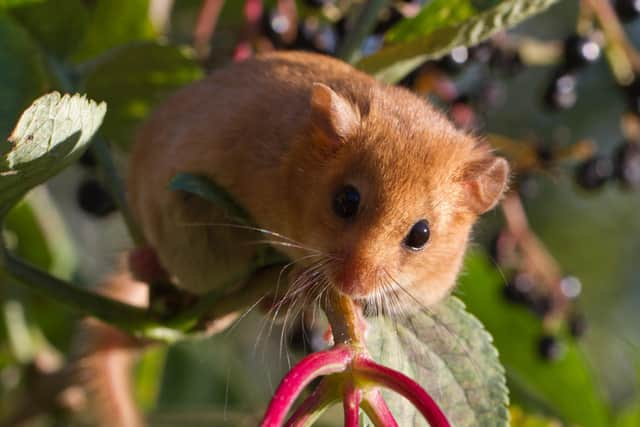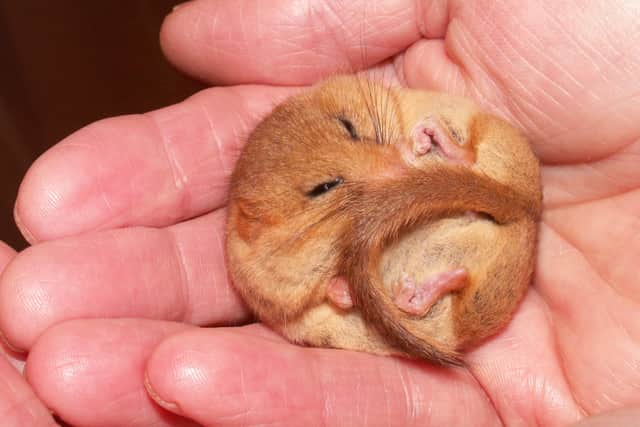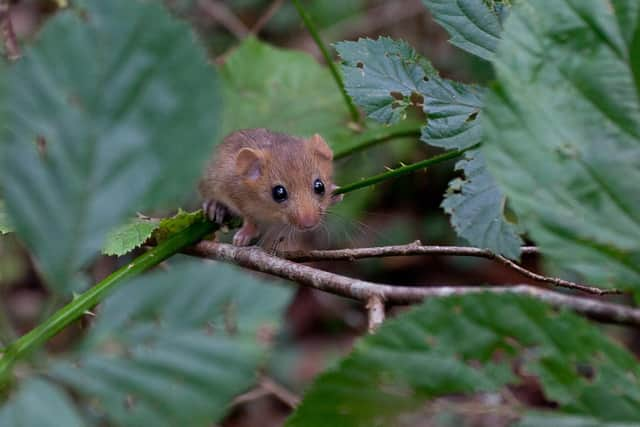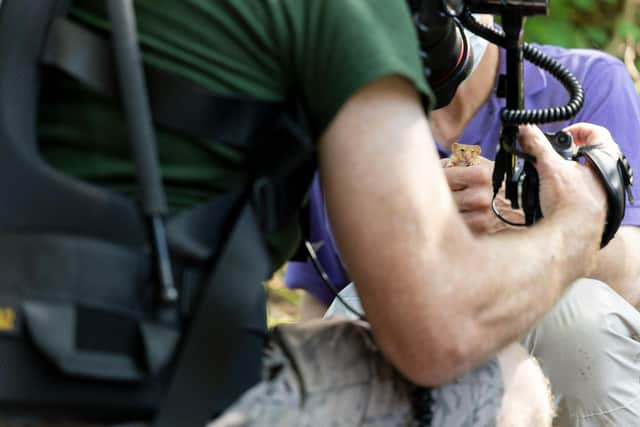39 rare dormice to be released into ancient woodland in Arnside and Silverdale
and live on Freeview channel 276
This builds on a previous reintroduction in the same area, in a ground-breaking attempt to create a bigger and better-connected population of hazel dormice in the north west of England.
Last year, 30 hazel dormice were released into a woodland in the Arnside and Silverdale Area of Outstanding Natural Beauty, and now a further 39 will be reintroduced into a neighbouring woodland which has been carefully selected to support dormice.
Advertisement
Hide AdAdvertisement
Hide AdThe reintroduction is led by wildlife charity People’s Trust for Endangered Species (PTES), the National Trust, and delivered by the University of Cumbria’s Back On Our Map project, and partners.


The annual dormouse reintroductions(which are part of Natural England’s Species Recovery Programme)began in 1993,and have been managed by PTES since 2000.
But their ongoing success is only possible thanks to a unique partnership of organisations and volunteers working tirelessly to help bring hazel dormice back from the brink.
This year’s reintroduction will be held in a National Trust owned woodland and is also part of ‘Back On Our Map’ (BOOM) -a multispecies, landscape scale project which aims to return10 locally threatened or extinct native species, such as dormice, to the area.
Advertisement
Hide AdAdvertisement
Hide AdBOOM is led by the University of Cumbria, Morecambe Bay Partnership and supported by The National Lottery Heritage Fund.


Prior to the reintroduction all dormice, which are captive bred by members of the Common Dormouse Captive Breeders Group, including Wildwood Trust, undergo a nine-week quarantine and receive regular health checks by wildlife vets at Paignton Zoo in Devon and ZSL (Zoological Society of London)’s Disease Risk Analysis and Health Surveillance(DRAHS) team.
Both organisations ensure that only healthy dormice are released into the wild ,taking vital steps to mitigate against disease and ensuring that no parasites can be transmitted from the captive bred population to wild dormice.
Ian White, Dormouse & Training Officer for PTES said: “Hazel dormice have declined by a staggering 51% since 2000 and are considered extinct in 17 English counties.
Advertisement
Hide AdAdvertisement
Hide Ad"The only way we can rebuild their populations is to continue managing known habitats correctly to ensure the survival of any existing populations and to carefully release healthy, captive bred dormice into well-managed woodlands.


"We hope this year’s dormice will thrive in their new home, and in time will meet the population we reintroduced last year to create Lancashire’s first self-sustaining metapopulation.”
Jamie Armstrong, Ranger for the National Trust said: “Our woodlands have been carefully managed by National Trust rangers and volunteers for decades to ensure that they support a wide range of flora and fauna. This work has led to a diverse woodland structure which makes the chosen area the ideal habitat for dormice.
"This, coupled with its close proximity to the 2021 reintroduction site, will hopefully create a thriving population which will spread throughout neighbouring woodlands.”
Advertisement
Hide AdAdvertisement
Hide AdTen days after the reintroduction, volunteers, National Trustand BOOM staff will open the mesh reintroduction cage doors to allow the dormice to start exploring their new home.


Later this year there are plans to erect a bespoke dormouse bridge over the West Coast Main railway line, connecting the 2021 and 2022 reintroduction sites.
To find out more about PTES’ dormouse conservation work, visit here